Autumn-Winter 4184 AF (Update 6)
Asia is in chaos, every nation on that continent is involved in some kind of fighting. The GDIs war seems to be spiralling out of control. War spreads elsewhere as Alaska and Aruga are invaded. The future is uncertain, many nations are turning their attentions to war. America and Europa remain calm, at least for now
Mayan Republic Under Attack
The government of Copan had watched anxiously as Mayan armies rolled into Arequipa in 4180 AF, and then into Holland four years later. The Mayans made little secret of their intentions to annex Copan in future, and reunite all the old mayan lands. With all of Holland in Mayan hands, Copan would be virtually surrounded and open to attack form all sides. Copan had built up as large an army as the small nation could support, but was still outnumbered by the Mayans. Copan and Mayan technology was similar in most areas, apart from air power, where the Mayans had superior machines as well as more of them. But in any case, Copan decided to strike first, Rather than wait for the inevitable onslaught
But first, the Mayans faced a different enemy... Copan had managed to make an ally out of Egypt. Previously, the Egyptians had hoped to come to some kind of agreement with the Mayans. But after seeing the fate of Holland and Arequipa, and expecting a Mayan conquest of Copan, the Egyptians began to see little hope of their own independence surviving much further. So the Egyptians eventually threw in their lot with Copan
And so one morning in mid-autumn, Mayan border forces found themselves under attack by the bulk of the Egyptian military. Mayan commanders had not been expecting this, and they immediately realised that Copan must also be about to join the attack
Egypt would surely not attack alone? But they could only wait for Copan to make whatever move it was planning, as they cautiously moved in to counter the Egyptians.
Egyptian forces struck into Lazapa and partly into Arequipa, where a rebellion was encouraged. However, members of the Arequipan resistance had frequently disappeared thanks to the efforts of Mayan security forces. The resistance there was not in great shape, nor was it very well armed. The resistance did manage to rise up and take some ground, but if an when a Mayan counter attack comes, they will be in no shape to resist. Meanwhile, heavy fighting was taking place between the Egyptian army and the Mayans in the mountains that ran along the Egypt/Lazapa border.
(Egyptian cavalry troops advancing across the border)
The Egyptians made heavy use of cavalry forces (including camel-riding troops), and that proved to be of some benefit here, as there were very few roads suitable for heavy vehicles to travel along. Though the Egyptians were not without tanks, armoured cars, and decent training either. Like Copan, the Egyptians had been feeling vulnerable in central asia, and had built up as much military force as they could afford (slightly more than they could afford, in fact).
Large squadrons of Egyptian biplanes and had some initial success in supporting the attack. But as the Mayans deployed more of their modern fighters to the area, the Egyptian aircraft began to be shot to pieces. The Egyptians also launched night bombing raids with their airships, which caused little damage and were generally spectacular failures. The Mayans were often able to use radar to detect them, and send flak and night-fighters their way, reducing many airships to broken skeletons of charred metal.
Egyptians gradually pushed through the mountains with their sheer numbers, and broke out into the scattered jungle terrain of Lazapa. But Mayan garrisons were able to hold up the Egyptians long enough for the Iron Wolf army to arrive in support. The Egyptians now took heavy losses as the Mayans counter-attacked with their experienced mechanised forces. Overall, the Egyptians had more tanks and vehicles in the area, but these were all of older designs, which looked especially obsolete when up against the Mayan Kamaxtli tanks. The Egyptian offensive ground to a halt.
It was at this point that Copan sent forwards its own formidable army, unleashing a massive concentrated attack on Yaxchilian province in the south. Iron Wolf army was engaged against the Egyptians in the north and would not be able to intervene. Ripples of panic spread through both the Mayan people and the Mayan military command. Morale was high among the Copanese troops as they took the offensive against their long-awaited enemy. They dug deep into Yaxchilian, overcoming the lesser fortifications there and defeating the Mayan garrison forces, taking only moderate losses. The Mayan airforce was the main obstacle to the Copanese advance at this point, and inflicted some heavy losses on the Copan airforce. But Copan had more modern fighters than Egypt, and kept enough fighters in action to disrupt Mayan airstrikes. The Mayan airforce was also becoming overstretched, with air support needed against Egyptian and Dutch forces also.
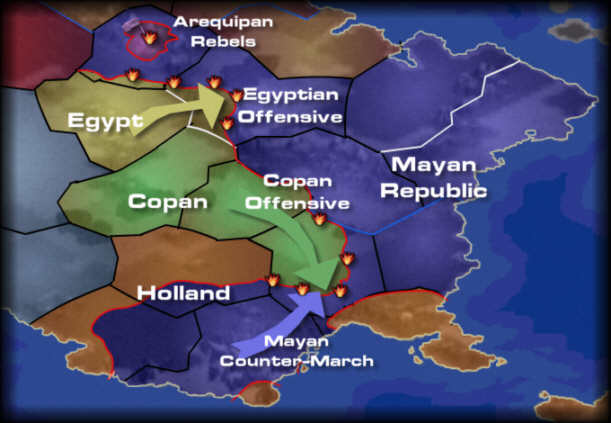
It was a good time for Copan and Egypt to strike, as the bulk of the Mayan armies where still in Dutch territory. Holland had been very close to surrendering, but hesitated after the Mayans offered only the harshest peace terms. And of course, the Dutch hesitated even more when they found out about Copans plan. Although close to collapse, the Dutch forces kept the Mayans engaged as best they could, and also continued to hold many fortified positions in Flandern, leaving the Mayans vulnerable to encirclement. Now Copanese armoured divisions where heading for a link up with Dutch garrisons in Zeeland, isolating the Mayan forces in Holland
But they never quite made it to Zeeland... With great skill and organisation, the Mayan commanders managed to withdraw one army and send it at break-neck speed to deal with the new threat from Copan (leaving one army to finish off the Dutch forces). There were now some titanic tank battles as the mechanised spearheads of both armies met head-on across open terrain in central Yaxchilian. Military strategists had been waiting decades to see this kind of battle. Manoeuvre and counter-manoeuvre, massed tank-to-tank battles. The Copanese had greater numbers, but the Mayans had better equipment and more experience. By now the Mayans had also learnt how to get the best out of their Kamaxtli tanks. Copans offensive was slowed down after fierce fighting and heavy losses on both sides. A narrow corridor was left to the Mayans to bring through supplies.
(Copanese tank forces advancing into Yaxchilian)
Meanwhile, the Dutch navy, which had been trying to keep an escape route open for its home army to Neuw Zeeland, now moved to try and counter the Chinese and Japanese ships which had been spotted heading for Aruga in the east. But at the same time, the Mayan navy set out to gain control of the sea south of Holland in order to bring in extra supplies to their isolated armies. The result was a naval battle off the tip of Zeeland. The Mayans had more ships, more advanced weapons, and could also count on some long range air support. Dutch admirals pulled off some good manoeuvring, preventing the Mayans from making the most of their numbers. But in the end, all the Dutch could do was limit their losses and withdraw westwards, leaving the islands in the east open to attack. The Mayan navy inflicted greater losses on the Dutch and claims victory, though much of the Dutch navy still survives, including their flagship dreadnaught.
Although now facing only a third of the Mayan military, the surviving forces of the Dutch home army were still outnumbered and close to disintegrating under the pressure. Somehow or other, the Dutch army kept itself together, but could not do much to prevent the Mayans expanding their area of control (to include the oil wells in the province Holland). Only a few pockets of resistance could hold out in Holland and Geldre, where a makeshift capitol has been set up. If it had not been for Copans attack, it is likely the Mayans would have captured all of these provinces and Flandern as well, and would have completely destroyed the Dutch army in the process.
(A Copanese medium bomber, crashed somewhere in Yaxchilian)
Mayan confidence has been severely shaken by these combined attacks. The people have gone from seeing newsreels of victory parades through foreign capitols to seeing their own cities occupied. Although they are not cut off, the situation of the Mayan armies in Holland is still perilous. It may yet turn out that the Mayans bit off more than they could chew when they invaded that country. The myth of Mayan invincibility has very nearly been shattered. But the people have shown resilience, and Mayan propaganda has already set to work. By attacking first, Copan has given the Mayans all the justification they need for waging a full scale war. Copan did not achieve as much as it hoped with the first strike, but its people and its troops remain confident.
Egypt: -13 Land Power (armoured cars destroyed), -3 Air Power
Copan: -11 Land Power (extra conscript losses), -4 Air Power
Holland: -7 Land Power, -1 Air Power, -10 Naval Power
Mayans: -18 Land Power, -4 Air Power, -5 Naval Power
Alaska Invaded!
Alaska had declared full independence, and everyone waited for the USAs reaction
In public, the president announced that a peaceful solution had been found, and tensions began to ease. But behind the scenes, the president made an impassioned speech to the senate, calling for military action against Alaska. The senate was already anxious about the loss of prestige and abundant oil supplies, and Alaskas growing cooperation with the Iroquois was another worry. An invasion was soon being planned.
A few months later, the Army of the Valkyries landed on the beaches of western Alaska. The first US troops went ashore at midnight, and encountered little resistance, benefiting from the element of surprise and the overwhelming naval and air superiority. The Alaskan navy took heavy damage in port from US airstrikes, but bravely left its harbours and counter-attacked the invasion force the next day, losing most of its ships from the combined firepower of the US airforce and fleet. The US forces took little damage from the naval battles, but later lost some ships to mines and accidents. The US beachhead was established and began to push inland.
(Alaskan navy on patrol)
The USA had helped set up the Alaskan military over the past decade. Back then, it was envisioned that Alaskans would fight a holding action against foreign invaders until a US force could arrive to help out. Few could have guessed that the enemy would eventually prove to be the USA itself. The Alaskan army was still basically an infantry force, with little heavy artillery. The Alaskan industry had just started to produce biplane fighters, tanks and various armoured vehicles, but these arrived too late and in too few numbers.
While the Alaskans were outmatched in terms of weapons and vehicles, the US also had difficulties of its own. The Army of the Valkyries was a new force, which had been hastily put together in just a few months. The USA also had all the difficulties of making an amphibious attack. The harsh climate of Alaska did not help either. The weather was fading fast, and the front line troops were soon hit with ice, snow, blizzards and freezing temperatures. The US airpower could not achieve much in this kind of weather either, and many aircraft were damaged or destroyed by accidents. In contrast, the Alaskan army had been well trained and organised for fighting in these conditions.
The US achieved its first objective, the capture of the oil wells, with little fighting. The US forces have taken care to avoid harming the Alaskan infrastructure. But as the tanks and troops moved further east and deeper into the island, the Alaskan resistance stiffened. The US demanded the surrender of Alaskan government and army, and this was flatly refused. The morale of the Alaskan troops benefited from the patriotism that had lead to the declaration of independence in the first place. Pro-US sympathisers were now firmly a minority. Wherever the front line spread, volunteers and militias sprang up to fill the ranks of the Alaskan army. The US also suffered many ambushes and guerrilla raids behind the lines. Losses on both sides began to rise steadily, as the fighting dragged on and on.
(US troops enjoying an alaskan winter)
After several months of fighting, Alaskan independence still survives. Though most major towns have been captured, the Alaskan capitol is not yet in US hands. Bad weather, difficult terrain, and stubborn resistance have prevented the US from completing the conquest, despite their much superior air and naval power. But it seems only a matter of time before the US troops secure the whole island. Before the invasion, it seemed Alaska had gained respect and recognition from other nations. Perhaps some kind of foreign intervention will help the Alaskan resistance
USA: -1 Air power, -1 Naval Power, -5 land power
Alaska: -1 Air power (airships lost), -4 Naval power (ironclads lost), -7 land power
USA secures oil wells in west Alaska.
Alaskan volunteers: +2 Alaskan land power (militia)
Aruga Invasion
Once again, GDI nations compete for control of an island in the eastern ocean. Both China and Japan sent invasion forces to Aruga, each hoping to secure the oil wells on the Dutch island. The Dutch navy had already been battered by the Mayans by this point, as was not going to be able to challenge the invasions.
But there was a state of confusion on Aruga. There were signs that the island was preparing to declare independence, with Scandinavian backing, and Scandinavian forces were preparing to secure the island before GDI forces arrived. However, different groups of separatists were waiting for Chinese and Japanese forces to arrive, and refused to help. Most of the people on Aruga had a different culture to the Dutch, and have much more in common with the ancient Chinese and Japanese, as well as many people of Scandinavian descent. Meanwhile, several Dutch army garrisons remained loyal to the government, keeping the Dutch flag fling over the main towns on the island...
As the GDI forces continued to approach, the island was still officially Dutch territory, and Scandinavians could not act without attacking the Dutch themselves. When the strength of the GDI taskforces became clear, especially the Japanese force (half of their whole navy, including a carrier powerful capitol ships), the Scandinavians had no choice but to stand back
China arrived first, with all the naval power it could muster. The Chinese troops gained some support from local rebels, but encountered some stiff resistance from Dutch garrison forces. The Dutch even had air support on the island, if only from a few biplanes, but these still had the sky to themselves. Meanwhile, the French were keeping a close eye on the Japanese task force as it sailed under France and on to the eastern ocean. The Japanese bypassed the Venetian-owned Svalbard islands, perhaps hoping to avoid conflict with Venice for now, as they headed straight for Aruga. They had a well thought-out plan of attack, and had heavy naval firepower. The distance was too great for land-based aircraft, but the Japanese could also count on a carrier for air support. There was no doubting the outcome of this attack, especially with the island garrison already struggling to contain Chinese beachheads.
(Japanese carrier aircraft prepare to attack Aruga)
The end result was the division of the island. China gained the north, but Japan captured most of the island along with the oil wells. The Japanese also went as far as to capture the tiny Kaapstad islands to the north west, which had already been practically abandoned by the Dutch. The Chinese are likely to be annoyed by this, as Kaapstad is close to the Chinese mainland. In any case, Japanese power is now established in the eastern ocean.
Both China and Japan offered some kind of independence to the local people on Aruga to encourage them to rebel. Whether or not they will be granted any political freedom remains to be seen.
Holland: -1 Land Power, -1 Air Power
China: -2 Land Power, -1 Sea Power
Japan: -1 Land Power
Oil wells secured by Japan





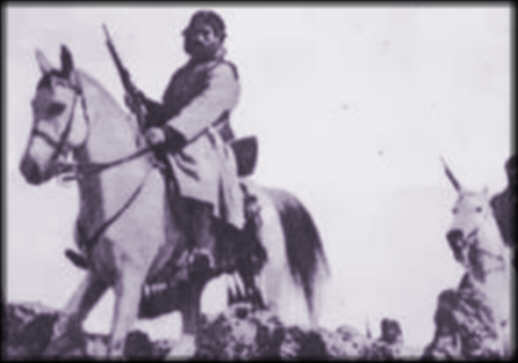

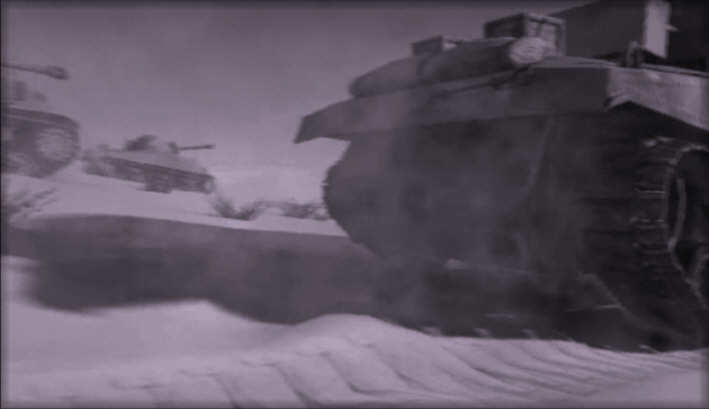
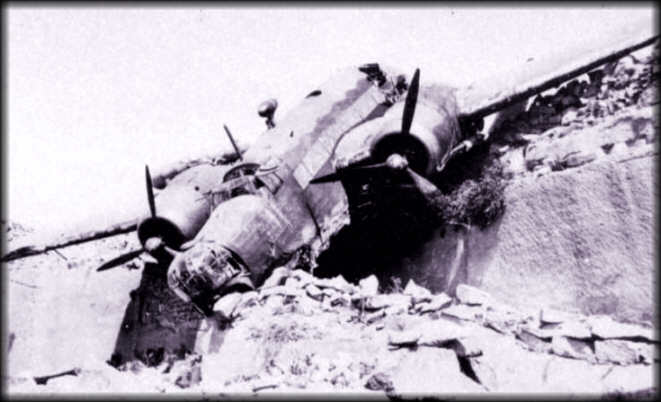
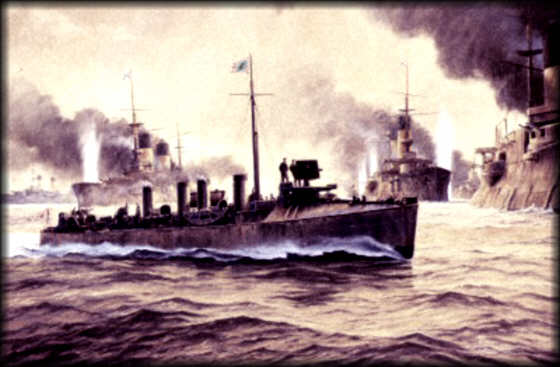
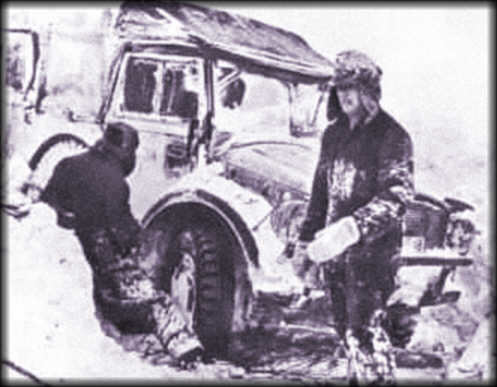
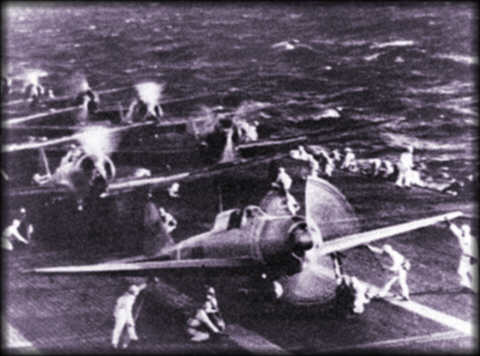
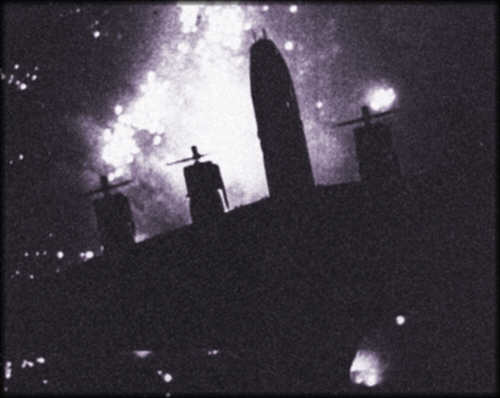
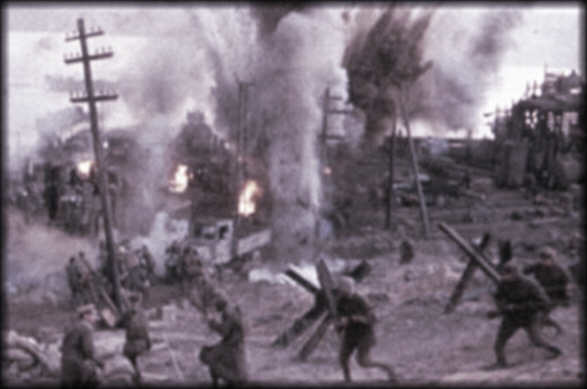
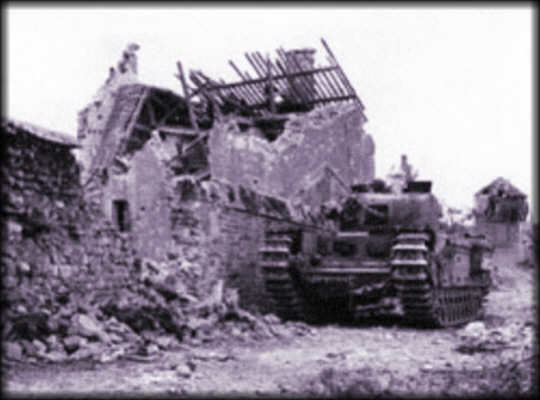
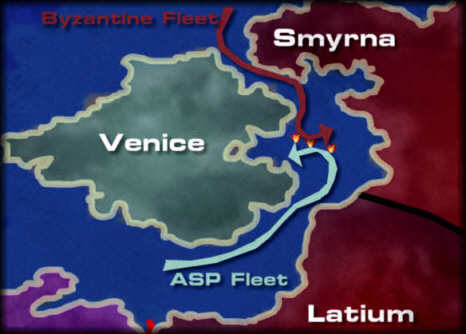
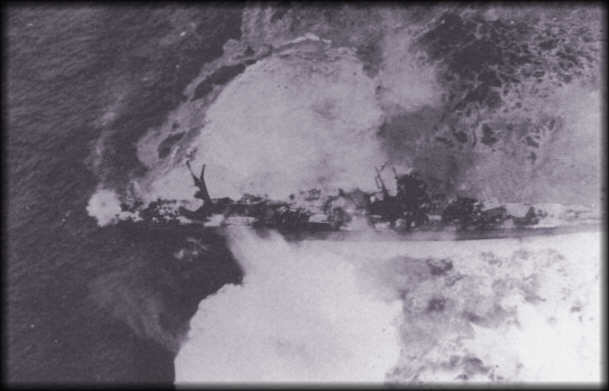
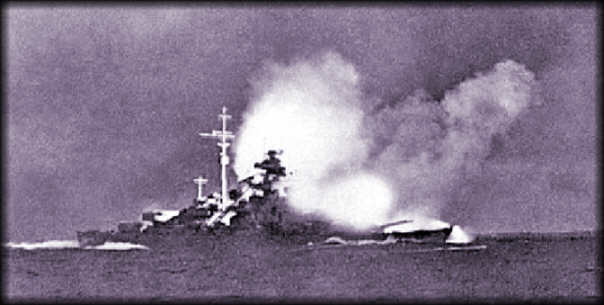
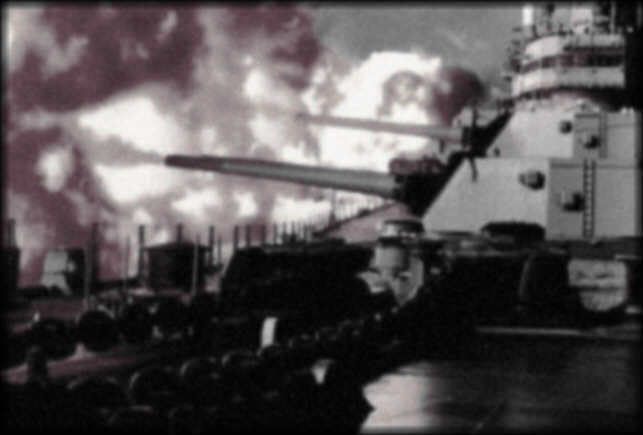
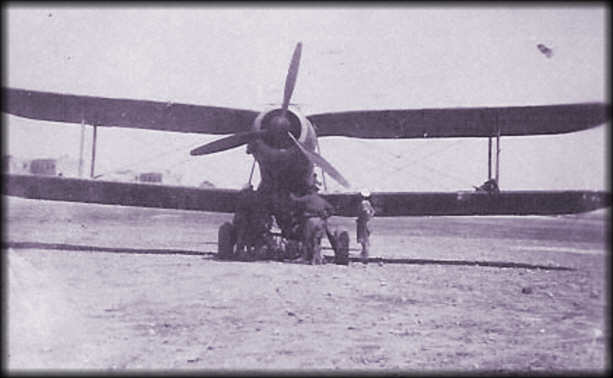
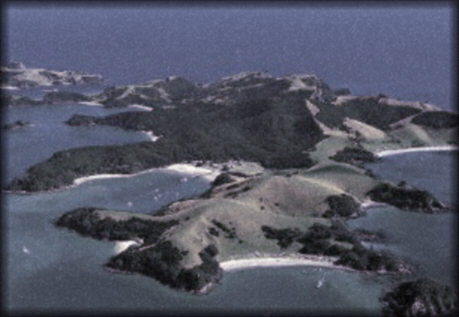

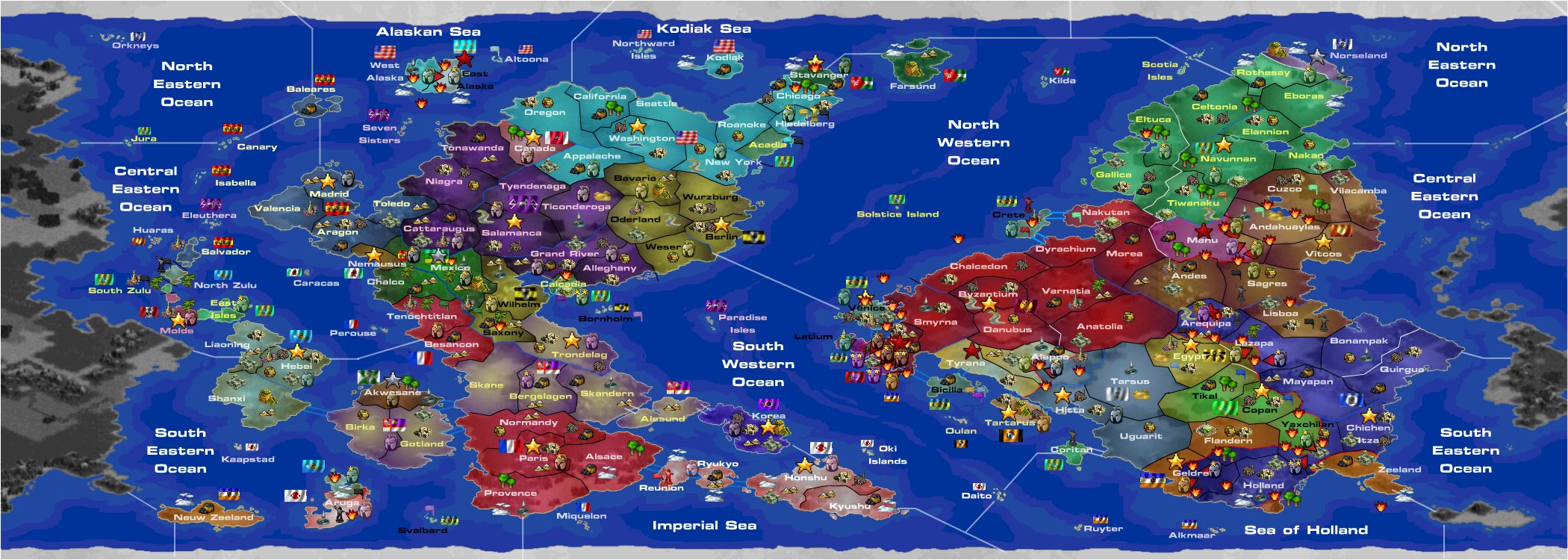


 Like my new designs, SPIES
Like my new designs, SPIES  and etc. *hint* *hint*
and etc. *hint* *hint*
